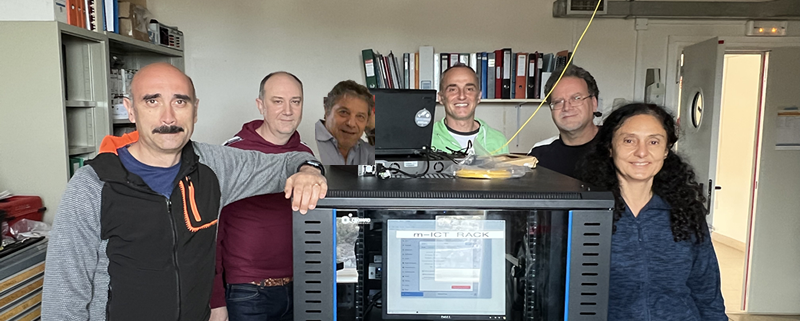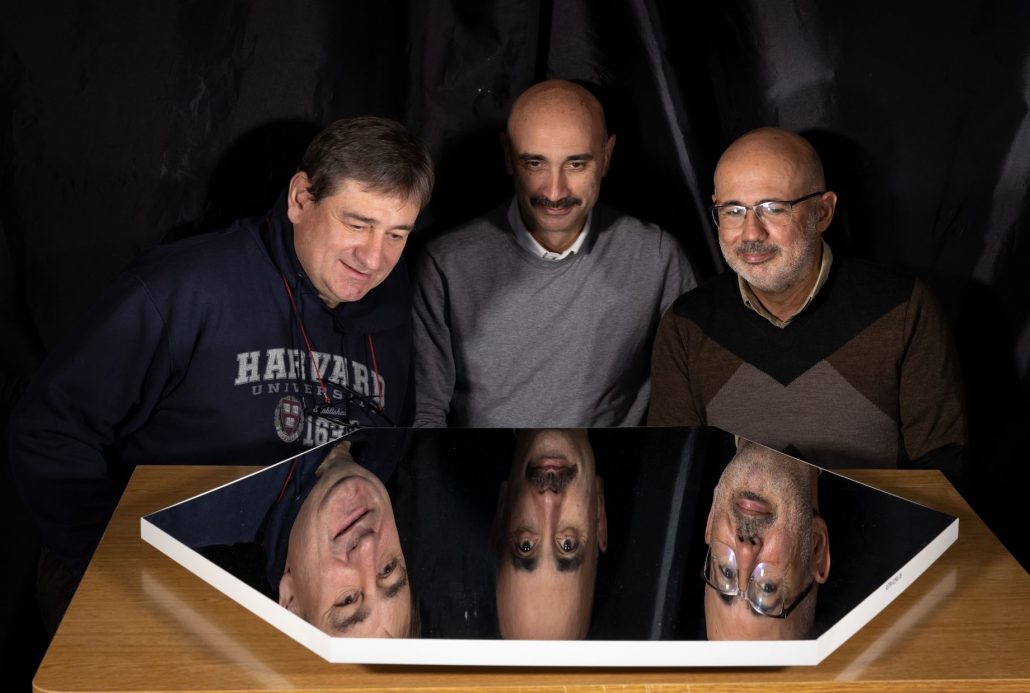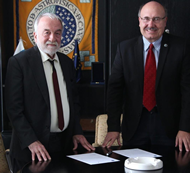Tenerife’s fire
Last night the fire in the Island reached the Observatory. As we hear from the Director of IAC, Rafael Rebolo, the situation is not as dire as could have been without measures, but still not completely under control.

Themis webcam on the night of Aug. 20th 2023.
Dear CCI members and User Institutions
We have managed to prevent damage to the OT facilities by the Tenerife
fire. Yesterday, Sunday, August 20, at approximately 3:00 p.m., the fire
that is devastating Tenerife entered the Teide Observatory through the
area that separates us from the Meteorological Observatory. The fire
checkpoints that had been deployed in the OT in anticipation of what
could happen reacted immediately and although the fire progressed
rapidly towards Themis and Stella, between them and the intervention of
helicopters it was possible to avoid damage to these research
facilities. Then the fire surrounded the observatory on the east and
south front, crossing the road that connects us with the meteorological
station and moving towards our main entrance around 9:00 p.m. The action
throughout the night of the fire services, firefighters and brigades
that were reinforced by the Military Emergency Unit and other resources
has managed to prevent the fire from damaging our telescopes.
I want to thank all the personnel of the firefighting services for their
total dedication, generosity and extreme professionalism that has
managed to save our facilities from the fire and, of course, the
authorities for their commitment to protect our Observatory, which are a
Canarian, national and international research facility.
The fire in Tenerife is not yet under control so we cannot fully exclude
any further problems. I will keep you informed on progress with the
extinction activities. With the hope that these circumstances do not
happen again and that the fire in Tenerife does not cause further damage
to our beloved island, we express our solidarity with all Tenerife
affected people in these hard times.
all the best
Rafael Rebolo
———————————————————————————————











